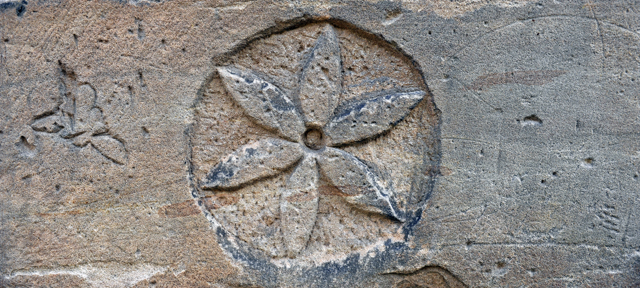After his father’s death, Emperor Otto II and his wife Theophanu founded a Benedictine monastery in Memleben and requested the monks to pray for Otto I and the founders themselves.

Its founders greatly supported the monastery, first shown by a document going back to the year of 979. In the late 10th century, the monastery in Memleben had risen to one of the most important abbeys in the realm and, in 994, Emperor Otto III granted the right to hold a market, to coin and to demand tolls. However, under Henry II, the Benedictine monastery started to decline. .In 1015, Henry deprived it of its immunity (autonomy) and put it under the control of the abbey of Hersfeld in East Hesse.

Although its importance in the High and Late Middle Ages has been limited to the region at the rivers Saale and Unstrut, the Hersfeld- dependency was one of the most important monasteries of the region. In the first half of the 13th century, the Benedictines of Memleben built a new church including cells next to the monastery’s 10th century church. Large parts thereof are still preserved.
In the course of the reformation, the 16th century brought an end to the monastic life in Memleben. After the monastery had been dissolved, Duke Moritz of Saxony gave the properties in its immediate vicinity to the newly founded Pforta School.






